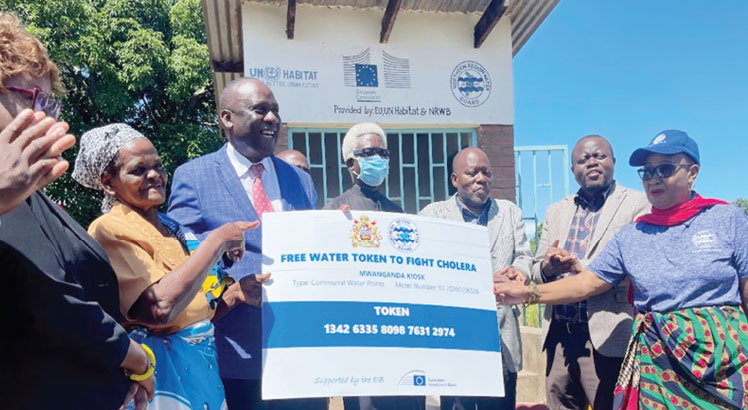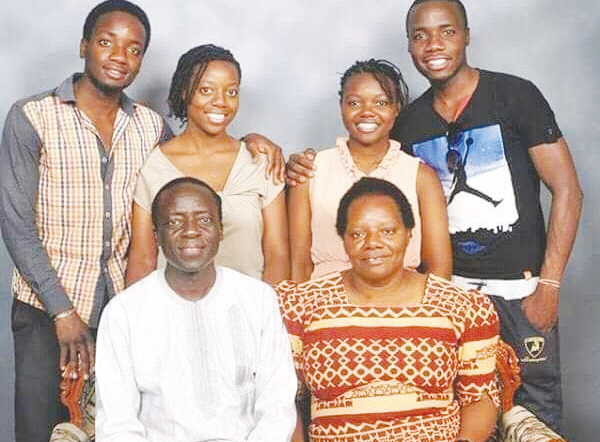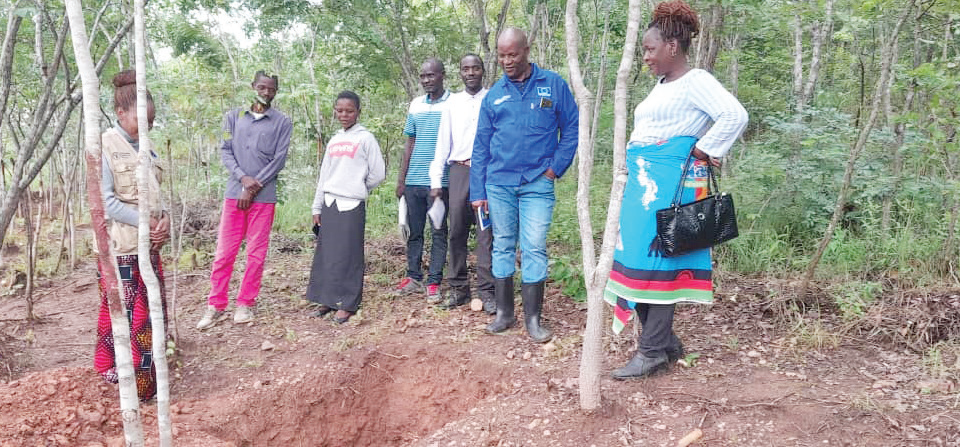Wonders of Malawi’s potholing farming system
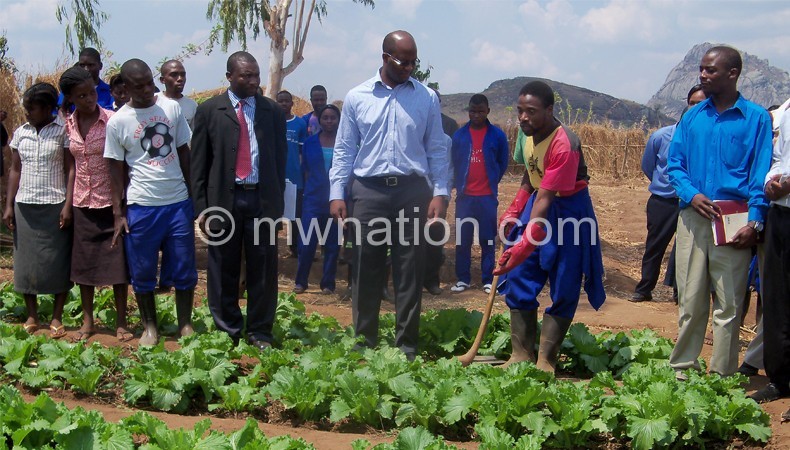
Three years ago today, Mable Msukwa, 20, a teaching student at Amalika TTC in Thyolo—Southern Region of Malawi— then had reservations for the Farm Inputs Subsidy Programme [Fisp] or you may call it fertiliser subsidy programme.
Msukwa thought that the programme dilutes soil fertility, depends heavily on good rainfall pattern and contributes to conflicts between ruling party zealots and the opposition on how beneficiaries are identified.
Said Msukwa: “If Malawi experiences droughts then the whole fertiliser project, pegged at $113 million this year, would be a flop; hence, the need for experts and scientists to search for alternatives in view of climate change affects on agriculture.
This is why Msukwa is advocating for potholing system through farmers clubs championed by Development Aid from People to People [DAPP] in its catchment areas. Dapp operates in Malawi’s three regions providing education, agriculture, health and business projects.
Potholing system is also deemed a crop management practice advocated by TerrAfrica regional sustainable land management. Agriculture experts have since alluded to the fact that potholing system maintains over time soil productivity by combining soil fertility management through application of organic and inorganic fertilisers.
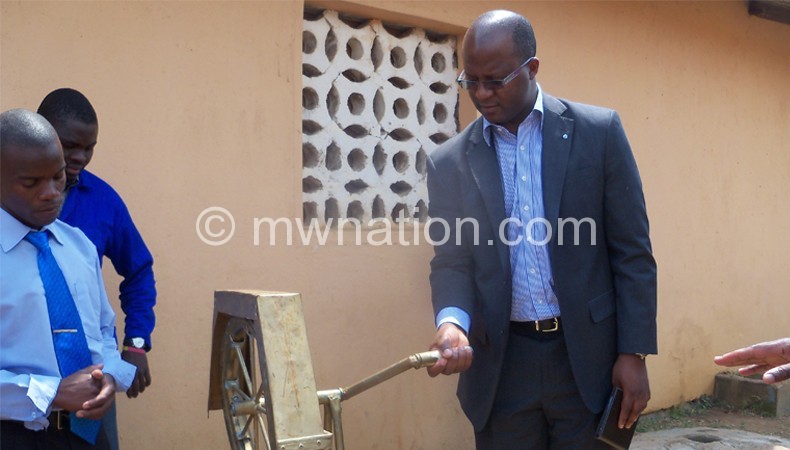
The system complements Climate-Smart-Agriculture (CSA) championed by New Economic Partnership for Africa development (Nepad) through Comprehensive Africa Agriculture Development Programme (CAADP).
Caadp adds that extreme weather events are becoming more frequent and more severe, threatening the reliability and productivity of agriculture, exacerbating already extreme levels of poverty, and reinforcing persistent inequity and chronic under-nutrition.
And now Malawi has demonstrated that such problems can only be solved through the widespread adoption of more resilient, productive, sustainable, equitable and increasingly efficient farming practices in line with Caadp’s initiative through Climate-Smart-Agriculture.
Nepad officials—during a recent training in Nairobi Kenya on the role of CAADP— said adopting Climate-Smart Agriculture practices can reduce the risks faced by smallholder farmers, as well as mitigate the effects of extreme weather events on farms.
They said enhancing crop production through minimum tillage systems/conservation agriculture, evergreen agriculture and agroforestry systems, are key elements of the portfolio of CSA solutions. CSA offers a “triple win” for farmers.
To substantiate this, DAPP in Malawi started implementing the system through farmers clubs in 2006 in Lilongwe, Chiradzulu and Zomba with funding from the US Department of Agriculture, before it took the concept to Thyolo District recently.

As it stands now, various students in DAPP training colleges are working on the system with communities surrounding colleges. For example, Luka Black and other farmers from Village Head Madulira in Senior Chief Kadewere in Chiradzulu have adopted the system.
“As farmers we are organised into groups with the held of student teachers and Dapp agriculture field officers where we share information, peer support and facilitate resource pooling to bolster marketing and financing.
“Since DAPP offered us training for three years we are able to stand on our own through potholing system. We don’t depend on fertiliser but manure and water pumps,” says Black.
Initially, the potholing system does not require fertilisers and rain water, but rather, irrigation of crops using rope pumps installed by farmers clubs also being advocated for by other organisations.
Instead of using government’s extension officers, DAPP uses graduate students and farm instructors to spread the farming technique to communities on how to handle the system.
“We dig holes 15 by 30 centimeters and 15 centimeters deep. We dig holes and encourage matching to conserve moisture, which takes a week to dry. It also saves time in that the hole can be used for three times,” states Tione Banda one of the DAPP trained farm instructors.
In DAPP colleges, the programme has proved to be cost effective with big increases in the value of the crops farmers harvest year-on-year compared to the investment in the programme.
“These pumps are locally made and installed close to gardens. With this potholing system, I plant maize and any other crop during the winter and rain-fed seasons. I transfer this knowledge each time there is a school holiday,” says Msukwa.
Cost effectiveness of potholing farming system
Communities in various areas now have their own maize, beans and vegetable farms where potholing farming system is practised. Harvests sustain the college and are an income generating activity for students.
Unlike other government training colleges which buy food stuff, Dapp colleges rarely buy beans, maize and vegetables for their upkeep based on field visits to Dapp colleges.
“We dig holes and put compost manure we make ourselves in the holes before planting crops. We irrigate those holes with rope-pump water to let the crops grow. Since manure is already there, we don’t worry about fertiliser,” Mary Kwandasi says from Mabudula Village says.
Research by Dapp shows that since the introduction of the model average production increased by 24 percent. During a tour to college sites, Dapp country director Lisbeth Thomsen said production increased from basically non-existent to 55 kilogrammes per person in the families of those participating in the farmers club. Those participating in the clubs are also asked to form cooperatives so they are self reliant.
“With the potholing system production has increased from 120 percent to 250 percent in the recent past. People have more food as well,” she said.
The production corresponds with the needed consumption for families according to standards set by the Food and Agriculture Organisation (FAO) for a diet that is sufficient with regards to calories and nutritional quality.
Thomsen said: “The initial 12 000 farmers have increased the area cultivated from 14 000 hectare to 21 000 hectares. Not only that, 6 000 families have improved their access to clean water and build new toilets.”
Future of potholing system
The system has already attracted the blessings of the Malawi Government solely because it uses low cost farming model with tangible results even without the use of fertiliser.
Dapp as project implementers have since signed a memorandum of understanding with the Malawi Government to scale up the programme across the country depending on funding from donors.
Ephraim Kabwazi, a social commentator said during his visit to DAPP colleges in Thyolo and Chiradzulu that the project be replicated in other areas.
“Could DAPP open more colleges to replicate this to other areas? With soaring prices of fertiliser, who knows compost manure could be the solution due to its cost effectiveness,” says Nyondo.
Currently, with the potholing system, 69 percent of farmers produce more than eight different crops, 89 percent of farmers are food secure and that 75 percent of farmers engage in business.
While the authorities in Malawi are poised to adopt the system in the nearly, the “AU-NEPAD-Ingo Alliance for Scaling-Up Climate-Smart Agriculture in Africa”, or “Africa Climate-Smart Agriculture Alliance”, is designed to support the rapid scaling-up of Climate-Smart Agriculture (CSA) across Africa, through the collaborative efforts and practical, on-the-ground experience of Alliance members in agricultural research and implementation.
The Alliance aims to support the uptake of CSA practices and approaches by at least six million farming households by 2021, contributing to the African Union’s broader goal of supporting 25 million farm households by 2025.
With Malawi’s population hovering at 14 million and 80 percent living in rural areas, agricultural experts feel the adoption of the system would help upset the dependency on fertiliser and rainfall in view of climate change effects on agricultural production.


